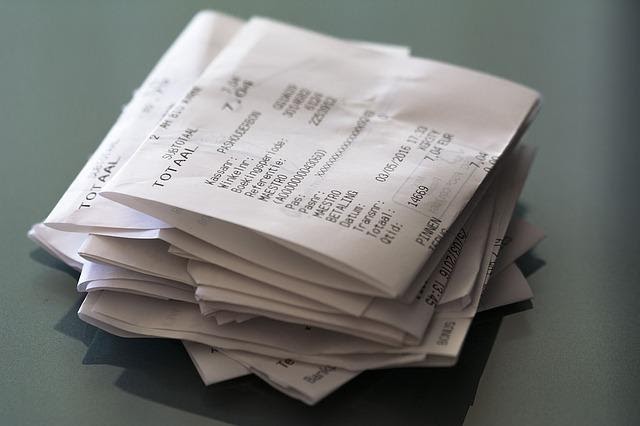You have a lot of business expenses on your plate. Make tax season easier on yourself! Learn how to organize receipts for taxes with these tips and tricks.
Did you know receipts originated in Jericho around 7500 BC and came in the form as balls of clay to represent a completed transaction? Now, we have digital, and paper receipts, and they are key to have when paying your taxes each year.
Whether you store your receipts digitally, have a file cabinet, or both, it’s important to keep them organized so you aren’t scrambling during tax season. Keep reading, and we will guide you on how to organize receipts for taxes.
Tax Check-Ins
Many day-to-day expenses are hard to keep track of but necessary for tax season. Whether it’s home repair receipts or a donation to a charity, you want to make sure you have a system so that you aren’t trying to get everything together in one day.
The real trick is how to organize receipts for tax purposes is to have check-in periods where you take some time every few weeks or once a month to sit down and get your receipts in order.
The routine will help you get in the habit of putting everything in chronological order because you are adding receipts routinely.
You can buy color folders and organize by type of expense, and for digital receipts, you can create folders on your desktop modeling the same system.
If you aren’t leaving everything to the last minute, you should be able to establish an organizational system for your print and digital receipts.
Types of Expenses for How to Organize Receipts for Taxes
There are different types of expenses that you need to take into consideration when you are filing your taxes.
The types of expenses include:
- Home Expenses:
These include home repairs, monthly bills (electricity, gas, water, WiFi, and phone) or if you renovated your home in the last year.
- Car Expenses:
Car receipts can include gas, repairs, regular car maintenance (Example: routine oil change), license renewal, registration if you rent a car, and personal and business miles you drove over the year.
- Education Expenses:
Education costs can include school tuition or textbooks.
- Medical Costs:
These include out-of-pocket medical costs and health insurance premiums for you and your family.
- Other:
Other expenses can consist of fees if you move, donations to charity, or other business expenses.
These expenses can be the basis for how to organize receipts. Small businesses also need to prep for tax season. You can follow similar tips on how to organize business expenses for taxes.
Importance of Pay Stubs
Pay stubs are key to tax season for the employer and the employee. For the employee, the IRS wants to make sure you’re withholding the right amount of tax based on your pay.
For the employer, they are important because they use them for recordkeeping, which is regulated by the Fair Labor Standards Act (FLSA). Employers have to provide the payment details that come on a pay stub.
If you are looking for a quick way to create a paystub, use a free paystub generator.
Always Have a Back-Up
Even if you keep all paper receipts and have a great organizational system for how to organize receipts, you should always keep a back up on your computer. You can scan them in or take pictures on your phone and email them to yourself.
It doesn’t need to be elaborate, just make sure you have a back up because you never know what will spill or get misplaced before tax season.
Start Getting Organized Today
Now that you know the tips for how to organize receipts for taxes, you are ready to get supplies and get started today. If you buy and color-code folders or scan and have everything digitally, or a mix of the two, you will be much better off once filing for tax returns comes around.
Start getting your receipts together or keep reading about the latest news in the finance industry here!


